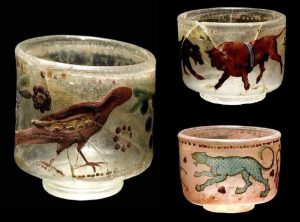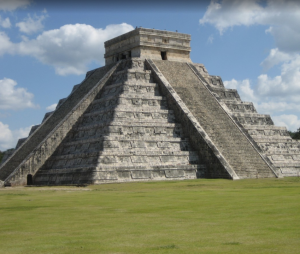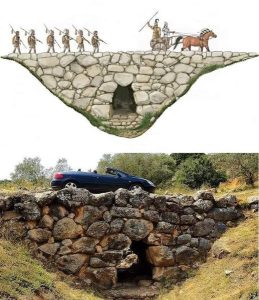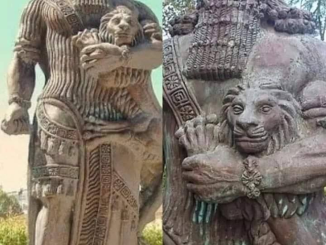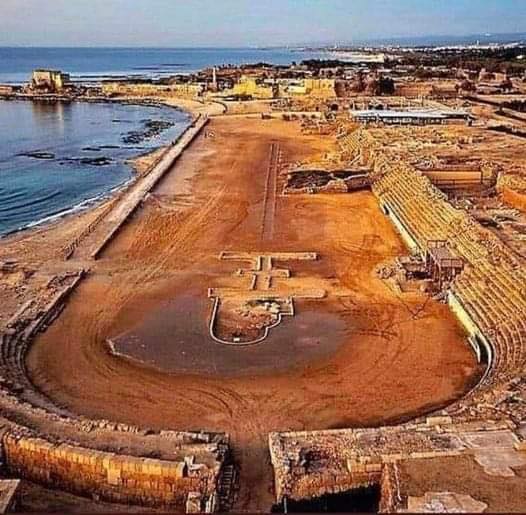
Nestled along the shores of the Mediterranean Sea in Caesarea, Israel, lie the captivating ruins of the Roman Racetrack, a testament to the grandeur and sophistication of ancient Roman engineering and entertainment. This remarkable structure, also known as a Roman Circus, served as both a racetrack and a venue for various spectacles, drawing crowds of more than 50,000 spectators to witness thrilling quadracing events. Today, these ruins stand as a poignant reminder of Caesarea’s rich historical heritage and its significance as a hub of Roman civilization in the region.
Exploring the Magnificence of the Roman Circus

The Roman Racetrack in Caesarea was a marvel of ancient engineering and architecture, boasting a large oval layout designed to accommodate the excitement and fervor of chariot races and other entertainment events. With its estimated capacity of over 50,000 spectators, this impressive venue played a central role in the cultural and social life of Caesarea, offering citizens and visitors alike a thrilling escape into the world of ancient Roman spectacle. The racetrack was a hub of activity and excitement, where charioteers competed for glory and patrons reveled in the spectacle of racing.
Unraveling the History of Caesarea Maritime
Caesarea, also known as Caesarea Maritime, occupies a strategic location between the cities of Haifa and Tel Aviv, overlooking the azure waters of the Mediterranean Sea. Founded by Herod the Great in the 1st century BCE, this ancient port city served as a vital hub of commerce, culture, and political power in the region. Its well-planned urban layout, sophisticated infrastructure, and impressive architectural monuments, including the Roman Racetrack, attest to its importance as a center of Roman influence and innovation in the Eastern Mediterranean.
Preserving a Cultural Legacy
The ruins of the Roman Racetrack in Caesarea offer a fascinating glimpse into the daily lives and leisure activities of ancient Roman society. As custodians of this cultural legacy, it is imperative that we take steps to preserve and protect these historic sites for future generations. Through ongoing archaeological research, conservation efforts, and public engagement initiatives, we can ensure that the stories of Caesarea and its Roman heritage continue to inspire and educate people around the world. By celebrating the rich tapestry of history woven into these ruins, we honor the legacy of the past and enrich our understanding of human civilization.
Reflecting on the Significance of Archaeological Discoveries
The Roman Racetrack in Caesarea stands as a testament to the enduring legacy of ancient Rome and the profound impact of its culture on the world. As we marvel at the ruins of this remarkable structure, we are reminded of the ingenuity, creativity, and sophistication of ancient civilizations. Through continued exploration and study, archaeologists strive to unlock the secrets of the past, shedding light on the lives of those who came before us and deepening our appreciation for the rich tapestry of human history. In preserving and protecting sites like the Roman Racetrack, we honor the achievements of our ancestors and ensure that their stories continue to resonate for generations to come.

